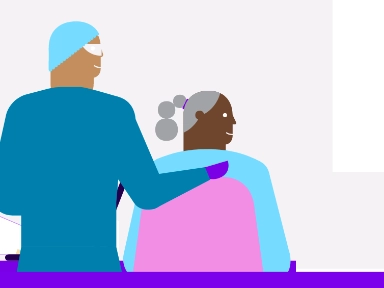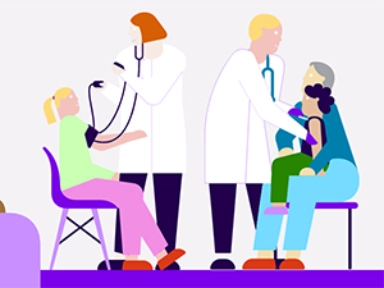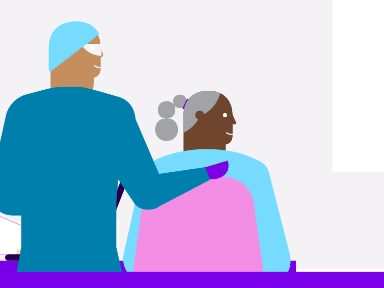
Nyheter
More information about Nyheter

FLUNITY-HD : the largest individually randomised influenza vaccine effectiveness study of its kind.
FLUNITY-HD is the largest individually randomised influenza vaccine effectiveness study, with nearly half a million older adults across multiple seasons.1

What is Toujeo?
Toujeo is a 2nd generation, long-acting insulin analog containing insulin glargine 300 units/mL. Toujeo® lowers blood glucose levels evenly over a long period of time. It therefore only needs to be administered once a day.

DELIVER-G: Real-world analysis in insulin-naïve adults with T2DM on GLP-1 RA ± OAD(s), intensifying their therapy by starting basal insulin and discontinuing GLP-1 RA, or adding basal insulin to ongoing GLP-1 RA, or initiating a FRC product and discontinuing current GLP-1 RA†1
DELIVER-G: Real-world analysis in insulin-naïve adults with T2DM on GLP-1 RA ± OAD(s), intensifying their therapy by starting basal insulin and discontinuing GLP-1 RA, or adding basal insulin to ongoing GLP-1 RA, or initiating a FRC product and discontinuing current GLP-1 RA†1

EVEREST study: First ever direct Head-to-Head Comparison of Dupilumab vs Omalizumab in Patients with Severe CRSwNP and Coexisting Asthma
First ever direct Head-to-Head Comparison of Dupilumab vs Omalizumab in Patients with Severe CRSwNP and Coexisting Asthma.


How to Use Toujeo®
Toujeo is a 2nd generation, long-acting insulin analog containing insulin glargine 300 units/mL. Toujeo® is available in two prefilled pens. See how Toujeo® is administrated In six simple steps and watch instructional video.

The RESTORE-G Real World Evidence Study
RESTORE-G: Real-world analysis in insulin-naïve adults with T2D on GLP-1 RA ± OAD(s), intensifying their therapy by starting basal insulin and discontinuing GLP-1 RA, or adding basal insulin to ongoing GLP-1 RA, or initiating a FRC product and discontinuing current GLP-1 RA†2

Act early, think holistically for your patients with Type 2 diabetes at very high cardiovascular risk
People with type 2 diabetes and atherosclerotic cardiovascular disease face a high risk of cardiovascular events, yet many remain undertreated.1 The EASD/ADA 2022 and ESC 2023 guidelines for the management of type 2 diabetes urge early insulin initiation and intensive lipid lowering through a holistic approach. Managing both glycemia and lipids together is key to preventing CV events in people with type 2 diabetes.2,3
Leave site modal
Du er i ferd med å forlate campus.sanofi/no. Sanofi er ikke ansvarlig for innholdet på dette eksterne Nettstedet.
Jobber du innen helsevesenet?
Denne nettsiden inneholder informasjon som er kun for helsepersonell som lege, tannlege, offentlig godkjent sykepleier, farmasøyt, optiker, tannpleier, samt studenter i disse fag.
